
Small in stature but steeped in history, the Roanoke Marshes Lighthouse is a replica of the original lighthouse that was constructed in 1877 at the southern entrance of the Croatan Sound in Wanchese.
Maybe it’s the sunrise over Shallowbag Bay that paints the sky in a colorful awakening. Or perhaps it’s the lure of local legends that draws visitors from near and far. Whatever the reason, more than 400 years after English adventurers landed on its shores, the island town of Manteo continues to be a destination worthy of exploration.
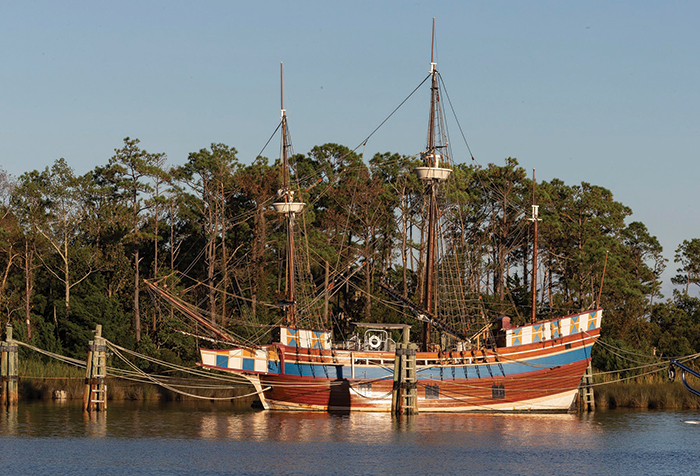
Visitors to Manteo’s waterfront will be captivated by the Elizabeth II, a replica of the 16th- century sailing vessels that made the historic Roanoke Voyage to the New World.
Located on Roanoke Island, between the central Outer Banks and the mainland, Manteo is built on rich historic attractions and quiet island charm. This tiny town has all the shops, restaurants, accommodations, attractions and recreation for a perfect daytrip or extended stay.

Eight-year-old Drew Hyme gets up close to sand tiger and sandbar sharks at the 250,000-gallon Graveyard of the Atlantic exhibit (named after countless shipwrecks along the Outer Banks) at the North Carolina Aquarium on Roanoke Island.
Named after the Native American chief who befriended English explorers in 1584, Manteo has kept its history alive with attractions centered around its colonization attempts. A replica of 16th-century ship Elizabeth II, manned by costumed sailors, is similar to merchant vessels hired by Sir Walter Raleigh. The outdoor symphonic drama “The Lost Colony” tells the story of colonists who attempted to settle here, only to mysteriously vanish years later. Their fate remains unsolved.
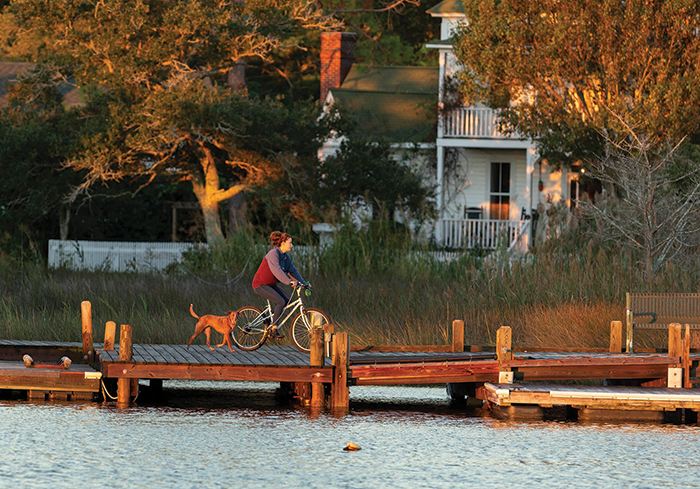
Manteo’s waterfront boardwalk is one of the best ways to take in the views of Shallowbag Bay and the historic attractions of downtown Manteo.
Visitors come for the history and stay for much more. Enjoy strolling through the Elizabethan Gardens or along the waterfront boardwalk, encountering sharks at the North Carolina Aquarium on Roanoke Island, spotting wildlife at Alligator River National Wildlife Refuge, staying at an historic inn, sailing the sound with dolphins and sampling rum on a distillery tour.
Manteo’s past and present are ready for discovery.
The Lost Colony
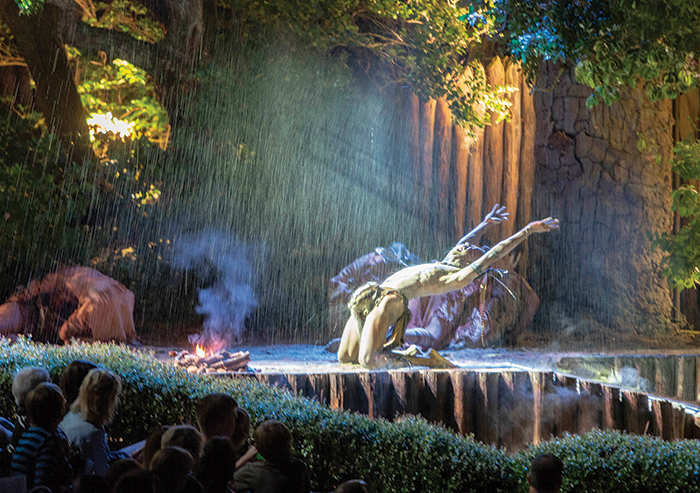
Manteo’s “The Lost Colony” is a historical outdoor symphonic play and the longest-running drama of its kind in America.
Now in its 82nd year, “The Lost Colony” tells the story of Sir Walter Raleigh’s attempts to establish a permanent English settlement in the New World in the 16th century, of the Native Americans colonists befriended in the process, and of the mysterious disappearance in 1590 of 117 men, women and children who came to live on Roanoke Island.
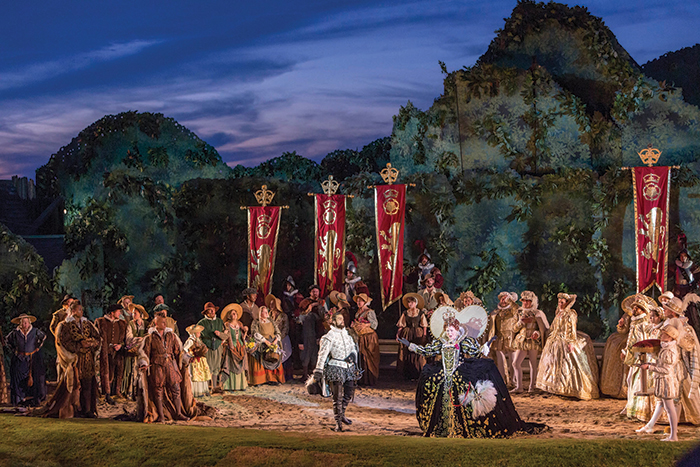
Staged within the Fort Raleigh National Historic Site at the Waterside Theater, a cast of more than 100 actors, singers and dancers depicts the birth of Virginia Dare, the first English child born in America, (and for which the Outer Banks county seat is named), and the Christian baptism of Manteo, chief of the Croatan tribe who befriended English explorers in 1584.
Manteo’s Downtown

Manteo’s architectural heritage is on display downtown, with more than 100 historically significant businesses and homes having been restored to their original beauty. The town’s pedestrian-friendly streets cater to leisurely strolls past colorful storefronts and historic homes.
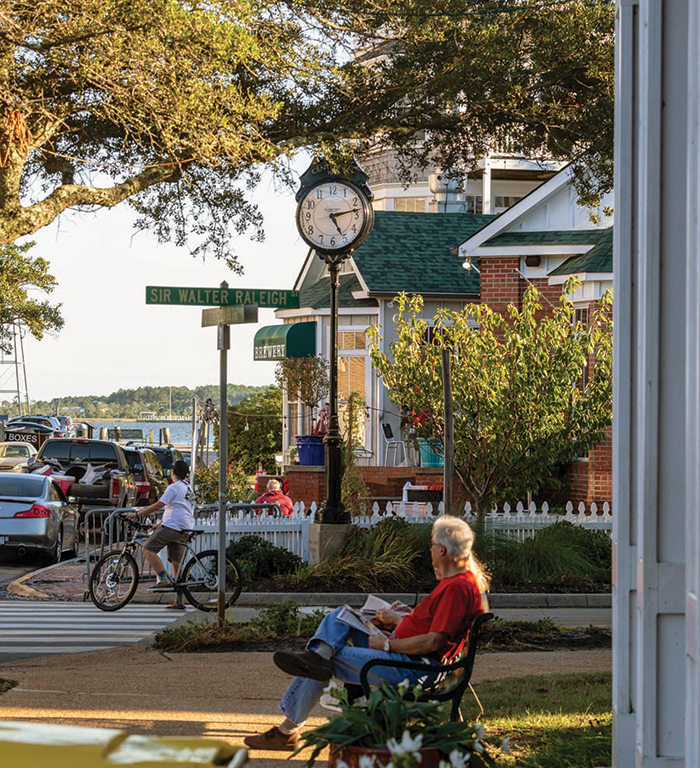
Elizabethan Gardens
Strolling through canopied trails of live oaks and diverse native vegetation at Elizabethan Gardens, it’s easy to imagine what first attracted the English settlers to the lush terrain and safe harbor of Roanoke Island. Created in 1951 by the Garden Club of N.C., the 10-acre Roanoke Sound-side garden is a living memorial to the first English colonists who came to explore the New World in 1584-1587.
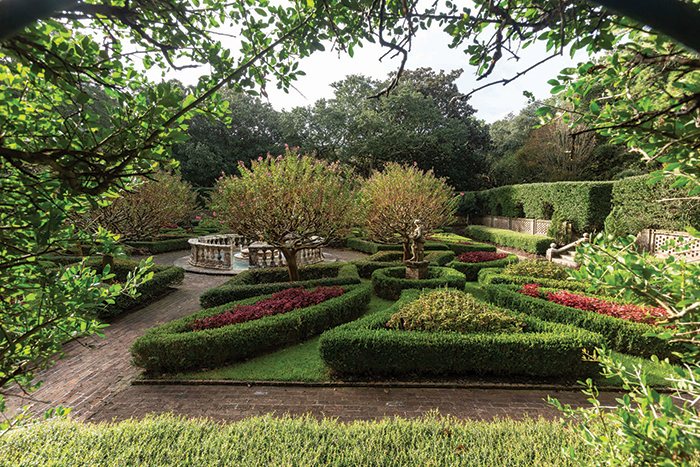

The garden includes hundreds of species of seasonal annuals and perennials, as well as a collection of Renaissance statues and a sunken Elizabethan garden. The garden is open year-round, but closes in February.
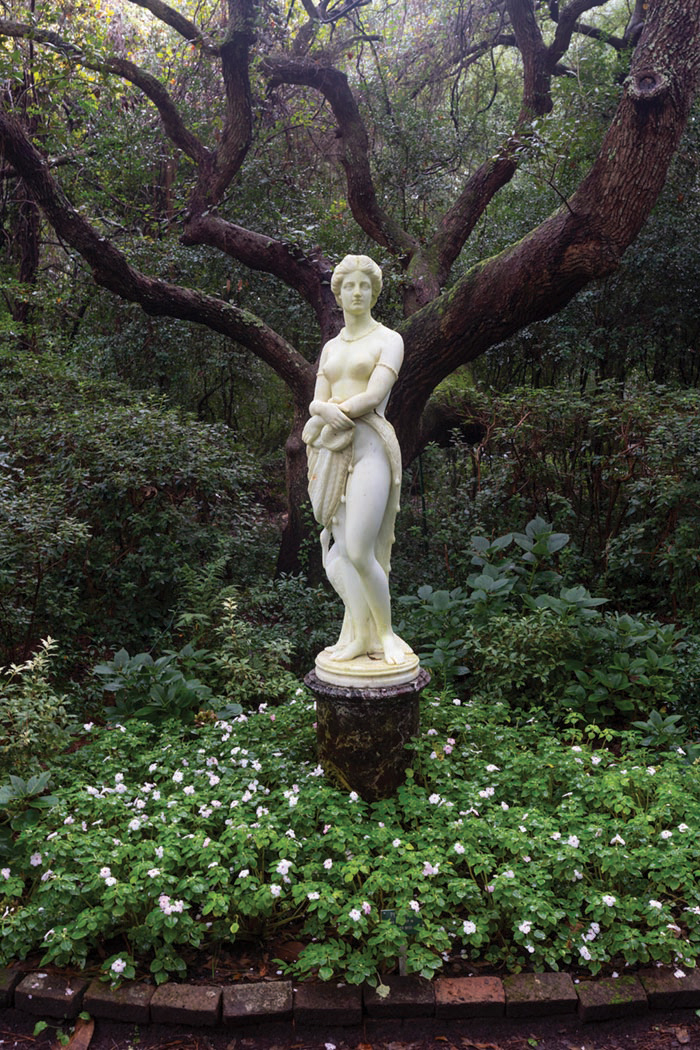
- Roanoke Island Festival Park. Festival Park, Manteo, (252) 475-1500, roanokeisland.com
- Waterside Theatre – The Lost Colony. 1409 National Park Drive, Manteo, (252) 473-6000, thelostcolony.org
- NC Aquarium on Roanoke Island. 374 Airport Road, Manteo, (252) 475-2300, ncaquariums.com/roanoke-island
- The Elizabethan Gardens. 1411 National Park Drive, Manteo, (252) 473-3234, elizabethangardens.org
- Outer Banks Distilling. 510 Budleigh St., Manteo, (252) 423-3011, outerbanksdistilling.com
- Lost Colony Brewery and Café. 208 Queen Elizabeth Ave., Manteo, (252) 473-6666, lostcolonybrewery.com
- NC National Wildlife Refuges Gateway Visitor Center. 100 Conservation Way, Manteo, (252) 473-1131, fws.gov/refuge/alligator_river
- White Doe Inn. 319 Sir Walter Raleigh St., Manteo, (252) 473-9851, whitedoeinn.com
- Downeast Rover Sailing Cruises. 207 Queen Elizabeth Ave., Manteo, (252) 473-4866, downeastrover.com
- Revelry Resonates
- Great Catch
- In Full Bloom
- Crude Extraction from Oaklyn Springs Brewery
- Flying Pepper Tobago Infused Vodka
- LeeAnn Plumer
- I Went On A Dump* Tour, This Is What Happened
- No Place Like Home: South Lakes
- Sing a Song of Solomon’s Seals
- Discover Manteo’s Timeless Appeal
- The Untold Story of Raven Rock State Park





